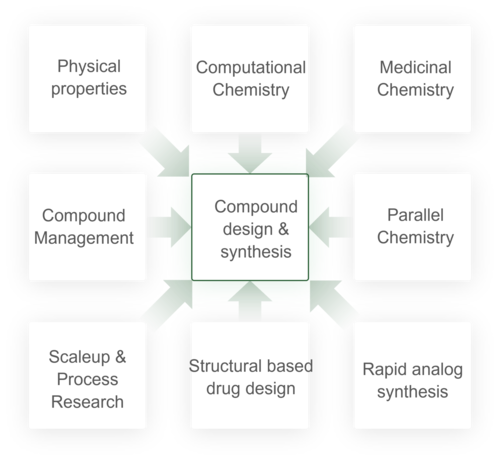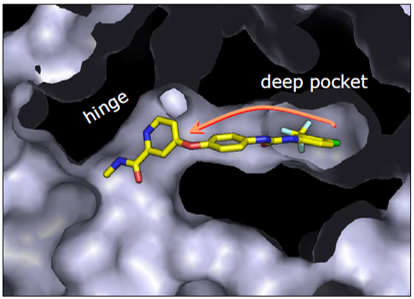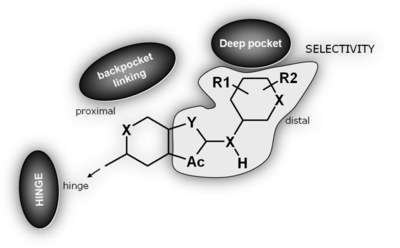Medicinal Chemistry Integration
Modern drug discovery is a multi-disciplinary team effort for creating small molecules as well as more complex modalities such as dual-target small molecules, protein degraders, or cyclopeptides. A skilled chemistry team is the main driver for developing new chemical entities to create new IP and value for our customers. The Reaction Oncology Platform enables a team approach by bringing together highly skilled chemists and our experienced biologists.



